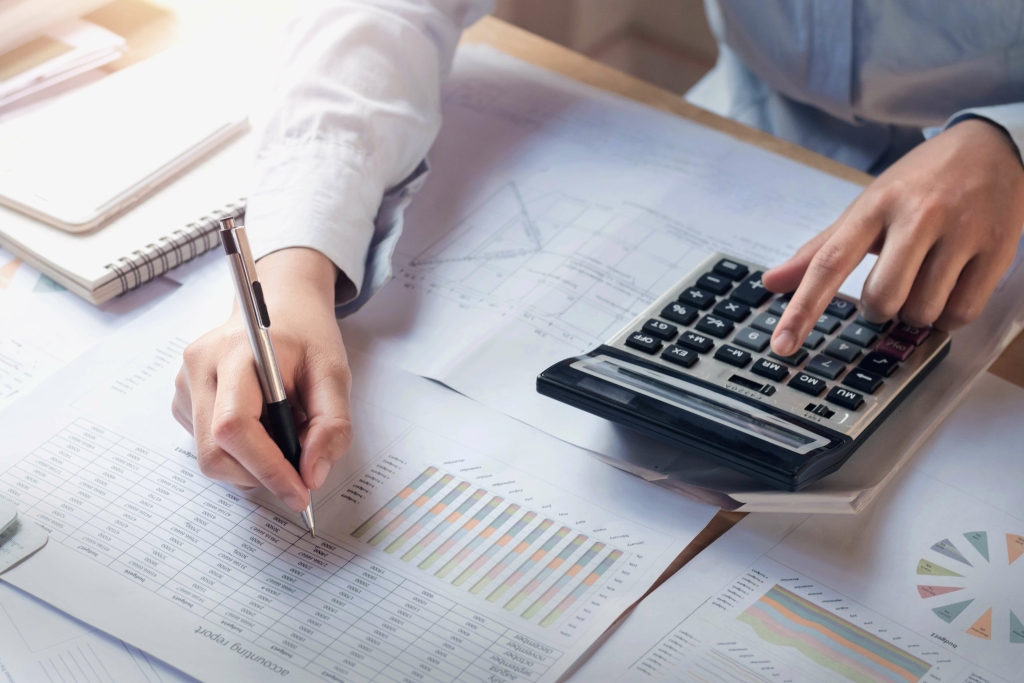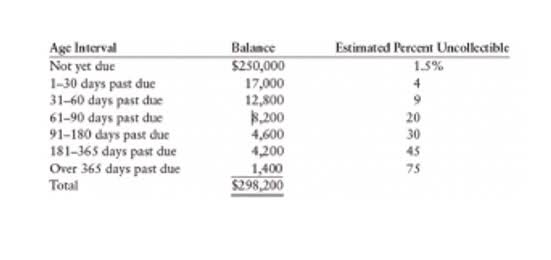
This is a simple way to depreciate the value of an asset based on how frequently the asset is used. “Units of production” can refer to something the equipment makes — like the number of pizzas that can be made in a pizza oven, or the number of hours that it’s in use. This method is good for businesses that want to write off equipment with a quantifiable and widely accepted (i.e., based on the manufacturer’s specifications) output during its useful life. Make sure you have a method Law Firm Accounts Receivable Management in place for tracking your use of equipment, and expect to write off a different amount every year.
Impact on Financial Ratios and Performance Metrics
When the straight-line method is used each full year’s depreciation expense will be the same amount. Sum-of-years-digits is another accelerated depreciation method that gives greater annual depreciation in an asset’s early years. retained earnings Here are four common methods of calculating annual depreciation expenses, along with when it’s best to use them.
Depreciation in Financial Statements

In most depreciation methods, an asset’s estimated useful life is expressed in years. However, in the units-of-activity method (and in the similar units-of-production method), an asset’s estimated useful life depreciation expense meaning is expressed in units of output. In the units-of-activity method, the accounting period’s depreciation expense is not a function of the passage of time.

Depreciation Expense In Financial Statements

For each year of the computer’s useful life, you would record a depreciation expense of $400 on your income statement. Assets like vehicles, machinery, and servers are expensive but necessary costs. Unfortunately, many of these major purchases tend not to hold their value over the long term. This could flag potential sustainability issues for the company in the long-term. Even though depreciation reduces net income, there’s a significant point to note—it’s a non-cash expense. Instead, it’s added back to the net income in the operating activities section of the cash flow statement.

When an asset is sold before its useful life ends, you’ll need to calculate any gain or loss on the sale. This is done by comparing the sale price to the asset’s book value (original cost minus accumulated depreciation). One of the most frequent mistakes in calculating depreciation expense is incorrectly classifying assets.
- For instance, the double declining balance method might be more fitting for assets that generate more benefits in the early years.
- Straight-line depreciation is a good option for small businesses with simple accounting systems or businesses where the business owner prepares and files the tax return.
- The amount that a company spent on capital expenditures during the accounting period is reported under investing activities on the company’s statement of cash flows.
- Three weeks later (on January 21), the company sells one of its older delivery trucks.
- This means you would record a depreciation expense of $5,875 each year for 8 years.
- This accelerated depreciation method applies a higher depreciation rate in the early years of an asset’s life, gradually decreasing over time.
- We integrate with leading account software like QuickBooks, NetSuite, Xero, and Sage Intacct, making budgeting, reporting, and planning easier and more accurate.
Capital Rationing: How Companies Manage Limited Resources
Depreciation is an important part of your business’s tax returns, but it is a complex concept. Keep reading to learn what depreciation is, how it is calculated and how your depreciation calculation can affect your business. A current asset whose ending balance should report the cost of a merchandiser’s products awaiting to be sold. The inventory of a manufacturer should report the cost of its raw materials, work-in-process, and finished goods. The cost of inventory should include all costs necessary to acquire the items and to get them ready for sale. A record in the general ledger that is used to collect and store similar information.

Does depreciation measure wear and tear on a machine?
- By exploring this crucial concept, entrepreneurs gain valuable insights that can significantly impact their financial planning and overall business success.
- One widespread criticism of depreciation expense is that it, at times, fails to serve as an accurate reflection of the real value of an asset.
- Sum-of-years-digits is another accelerated depreciation method that gives greater annual depreciation in an asset’s early years.
- For example, a company will have a Cash account in which every transaction involving cash is recorded.
- Noteworthy is the straight-line depreciation method which is most commonly used in this industry.
- Unlike straight-line depreciation, declining balance methods allocate higher depreciation expenses in the earlier years of an asset’s life, gradually decreasing over time.
The double-declining balance depreciation method and sum-of-the-years’ digits (SYD) method both fall into this category. The implications of depreciation extend beyond accounting; it can impact your company’s financial strategy and tax planning. Because depreciation is recognized as an expense, it reduces your company’s reported net income and, as a result, decreases your taxable income. It’s important to note that depreciation is solely a bookkeeping transaction and does not entail any real cash outflow from the company. For those reasons, depreciation plays a pivotal role in accurately reflecting the value of your business’s assets. It allows your business to earn income from an asset, simultaneously accounting for a part of its cost annually as an expense on your income statement.